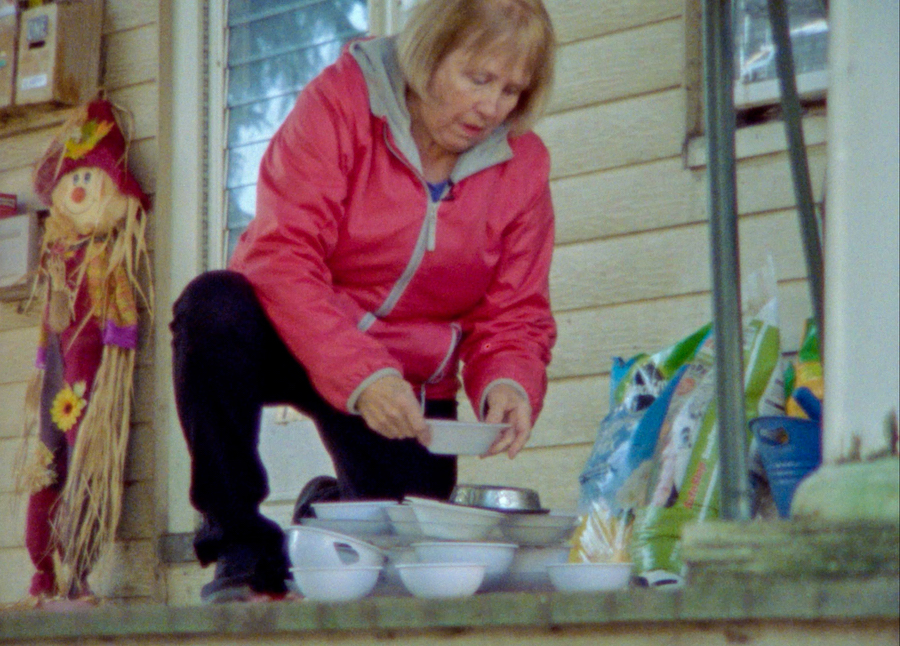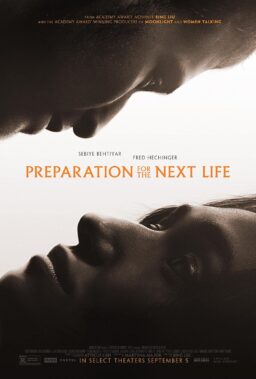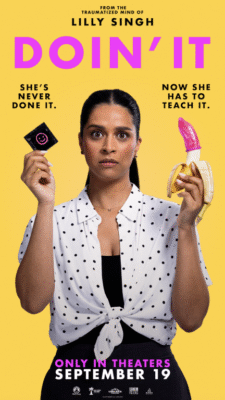Betty Gannon is an outdoor cat’s best friend. Every day, she fills bowls full of warm, well-mixed cat food and sets them outside for neighborhood cats to enjoy. They may be strays or they may be cats who belong to other people in the neighborhood, but they will never go hungry as long as Betty is around. Never mind that the neighbors wish she would stop. Never mind that she may be throwing the food chain out of order. And never mind that some of the cats and skunks get sick from what she feeds them. Her heart tells her to do this and she won’t stop.
James Gannon’s film about his mother gets the same kind of treatment as another documentary of his I wrote about a couple years ago, “The Christmas Light Killer,” about a guy whose job it is to turn on and off the big drive-thru Christmas light display. Both films are about outsiders who do what they do out of a sense of duty. If they don’t do this, who will? They just happen to be the right people for the job. Betty’s mission is more personal, though. She wants to meet these animals in the afterlife and even have her ashes mixed with those cats who have already come and gone.
“Betty Feeds the Animals” has an extra layer of warmth about it thanks to James Gannon’s choice of filming it in 8mm. This style mixed with the subject matter might invite comparisons to “Grey Gardens,” but Betty isn’t living in squalor and her own son isn’t out to exploit anyone. It simply takes any sense of time or place out of the film and makes it of another era. It’s a home movie in the most traditional and non-traditional sense.
You may not agree with everything Betty does, but her heart is in the right place, and so is this film’s.
Q&A with Director James Gannon

How did this come about?
It all started when Betty showed me a photo of the animals outside of her house at night. The photo, taken through a plate glass door, only showed the reflection of the camera flash and dirt on the glass. But she insisted that you could make out the shapes of skunks in there somewhere. I thought it was hilarious. From there she started naming the animals and the process of feeding them became more elaborate. I thought to myself that maybe this could be a fun short film but I wasn’t sure if anyone besides me would find it interesting. But I figured, worst case scenario I would just make the movie for myself and for her and my siblings. Betty is my mother and I kinda wanted to make a love letter to her and how she lives her life with such an unrelenting kindness towards living things.
What went into the choice of filming it in 8mm?
I shot on super 8mm because I wanted it to have a timeless feel and a warmth to it. Also, the subject is someone who grew up with film and it being the standard. Capturing her on digital just didn’t feel right to me … there is a disconnect. I also love Super 8mm and knew that the film would feel different and more special to me if I challenged myself to shoot it on film. It feels like a relic from the past and also gives it weight. It’s an analog story in my mind.
Most filmmakers are accustomed to video formats, especially for documentaries. Did you face any unexpected challenges with this format?
I faced so many challenges filming on super 8mm. It wasn’t as easy as me just pointing a camera and pulling the trigger. Since Betty is my mother, I knew she would be ‘normal’ in front of me, but I was worried about her with others … so I shot the whole thing by myself. I ran two cameras, my digital camera for audio and my Super 8mm camera for the footage. Moving two cameras around and worrying about sound was hard enough but the real challenge was the time constraint of the film cartridges. The cartridges only last three and a half minutes before the 50 ft. roll runs out, this can be a challenge with interrupting the vibe while filming. Having to tell someone to stop while you reload the film can be disastrous … so I really had to pick and choose my moments to run the camera.
To make matters more difficult, I shot using Kodak 50D, which requires a lot of light. My light meter was bottoming out at the lowest aperture so I kept placing Betty in front of windows in hope that my footage would come out ok. I had forgotten how forgiving film is and luckily it all worked out when I got it developed.

What was Betty’s reaction to the film?
Betty cried when she saw the film. I don’t know if that’s what I actually expected to happen, but she loves it. My only real goal with making this was to make something that if a 16-year-old version of Betty were to see this film, she would be happy with the person she became. I asked her if she thought that would be the case and she said it was. That made me feel good on multiple levels, I feel like I did her right.
What’s next for you?
I’m working on a short doc about my father getting hit by a train in the ’70s, also shot on Super 8mm … I’m pretty sure this will be my last short film. My main focus is on the feature script I co-wrote and am going to co-direct. It’s about a demolition derby driver in the ’80s who gets lost in the desert in an AMC Gremlin. I’m pretty excited about it and we are currently looking for funding.












